Description
Friction Modifiers: The Unsung Heroes of Performance and Efficiency
Friction, that constant force resisting motion between surfaces, is a ubiquitous reality. While sometimes beneficial, like when we need grip for walking or braking, it often leads to energy loss, wear and tear, and reduced efficiency in machines and engines. This is where friction modifiers come in, acting as the unsung heroes working tirelessly to smooth the way and boost performance.
What are Friction Modifiers?
Friction modifiers are additives used in lubricants to alter the friction characteristics of surfaces in relative motion. They work by forming a protective film on the surfaces, reducing the coefficient of friction and minimizing direct contact. These compounds can be organic, inorganic, or even polymeric, each offering distinct advantages depending on the application.
How do they Work?
The mechanism of action varies depending on the specific friction modifier and the operating conditions. However, the core principle remains the same: minimizing surface asperity contact. Asperity contact refers to the microscopic peaks and valleys that exist on even seemingly smooth surfaces. When these asperities collide, they generate friction and heat.
Friction modifiers work by:
- Adsorption: Forming a thin, lubricating film on the surface through chemical or physical adsorption. This film acts as a barrier between the asperities, reducing friction.
- Chemical Reaction: Reacting with the surface to create a low-shear-strength film. This film acts as a sacrificial layer, protecting the underlying metal from wear.
- Mechanical Action: Filling in the valleys and smoothing out the surface irregularities, reducing asperity contact.
Types of Friction Modifiers
Numerous types of friction modifiers are available, each with its own characteristics and applications. Some common examples include:
- Organic Friction Modifiers (OFMs): These are typically long-chain fatty acids, amines, or esters that adsorb onto the surface. They are effective in mild operating conditions and are often used in engine oils.
- Molybdenum Disulfide (MoS2): An inorganic compound known for its layered structure, which allows for easy shearing. MoS2 is effective in high-load and high-temperature applications.
- Graphite: Another layered compound similar to MoS2, graphite provides excellent lubrication and is often used in dry lubrication applications.
- Boron Compounds: These compounds, such as boron nitride, offer excellent thermal stability and can reduce wear and friction in challenging environments.
- Nanoparticles: Emerging research explores the use of various nanoparticles, such as copper or titanium dioxide, as friction modifiers. These nanoparticles can fill in surface irregularities and provide a rolling effect, further reducing friction.
Applications Across Industries
Friction modifiers find applications in a wide range of industries, including:
- Automotive: Engine oils, transmission fluids, and gear oils utilize friction modifiers to improve fuel economy, reduce wear, and extend the lifespan of components.
- Manufacturing: Machining fluids, lubricants, and greases incorporate friction modifiers to improve cutting efficiency, reduce tool wear, and enhance surface finish.
- Aerospace: High-performance lubricants for aircraft engines and components rely on friction modifiers to withstand extreme temperatures and pressures.
- Marine: Marine lubricants incorporate friction modifiers to protect against corrosion and reduce wear in harsh saltwater environments.
- Energy: Wind turbines, power plants, and other energy-related equipment utilize friction modifiers to improve efficiency and reduce maintenance costs.
Benefits of Using Friction Modifiers
Incorporating friction modifiers into lubricants offers several significant benefits:
- Reduced Friction: The primary benefit is a noticeable reduction in friction, leading to improved efficiency and reduced energy consumption.
- Improved Fuel Economy: In automotive applications, friction modifiers contribute to improved fuel economy by reducing engine friction.
- Reduced Wear: Minimizing surface contact through a protective film significantly reduces wear and tear on moving parts, extending their lifespan.
- Lower Operating Temperatures: Reduced friction translates to less heat generation, leading to lower operating temperatures and improved component reliability.
- Enhanced Performance: Improved lubrication can enhance the overall performance of machines and engines, resulting in smoother operation and increased power output.
The Future of Friction Modification
The field of friction modification is constantly evolving, with ongoing research focused on developing more effective and environmentally friendly additives. Nanotechnology and bio-based lubricants are promising areas of exploration, offering the potential to revolutionize friction control.
Conclusion
Friction modifiers are indispensable components of modern lubricants, playing a crucial role in improving efficiency, reducing wear, and extending the lifespan of machines across various industries. Their ability to minimize friction and protect surfaces makes them true unsung heroes in the pursuit of performance and sustainability. As technology advances, we can expect even more innovative and effective friction modifiers to emerge, further optimizing the performance and longevity of our machines and equipment.

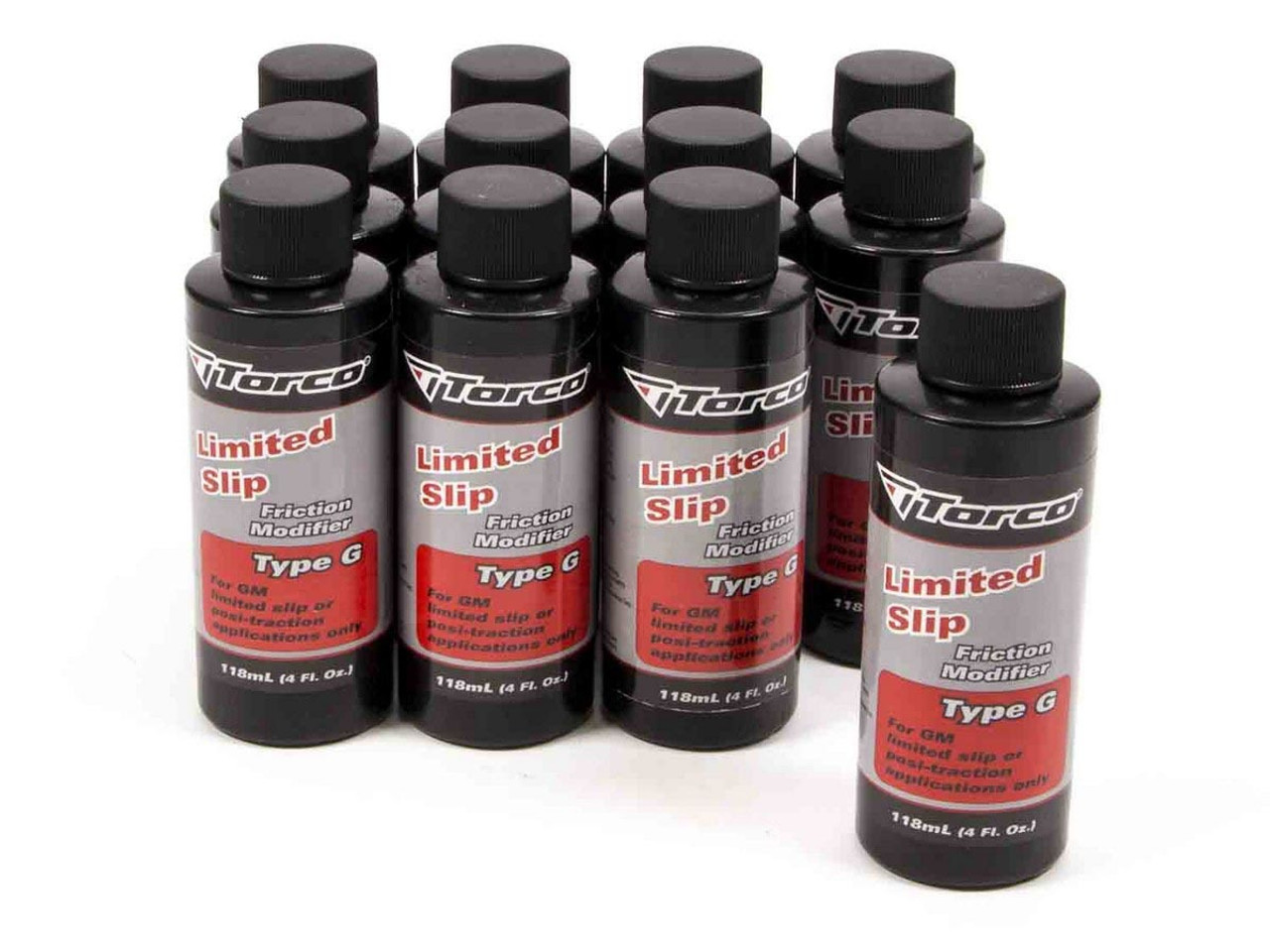


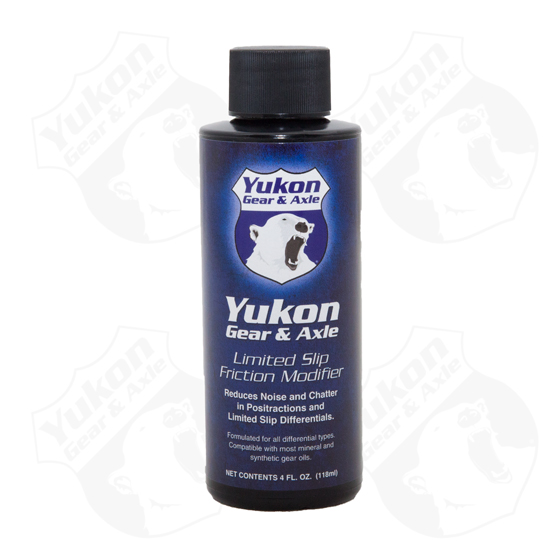
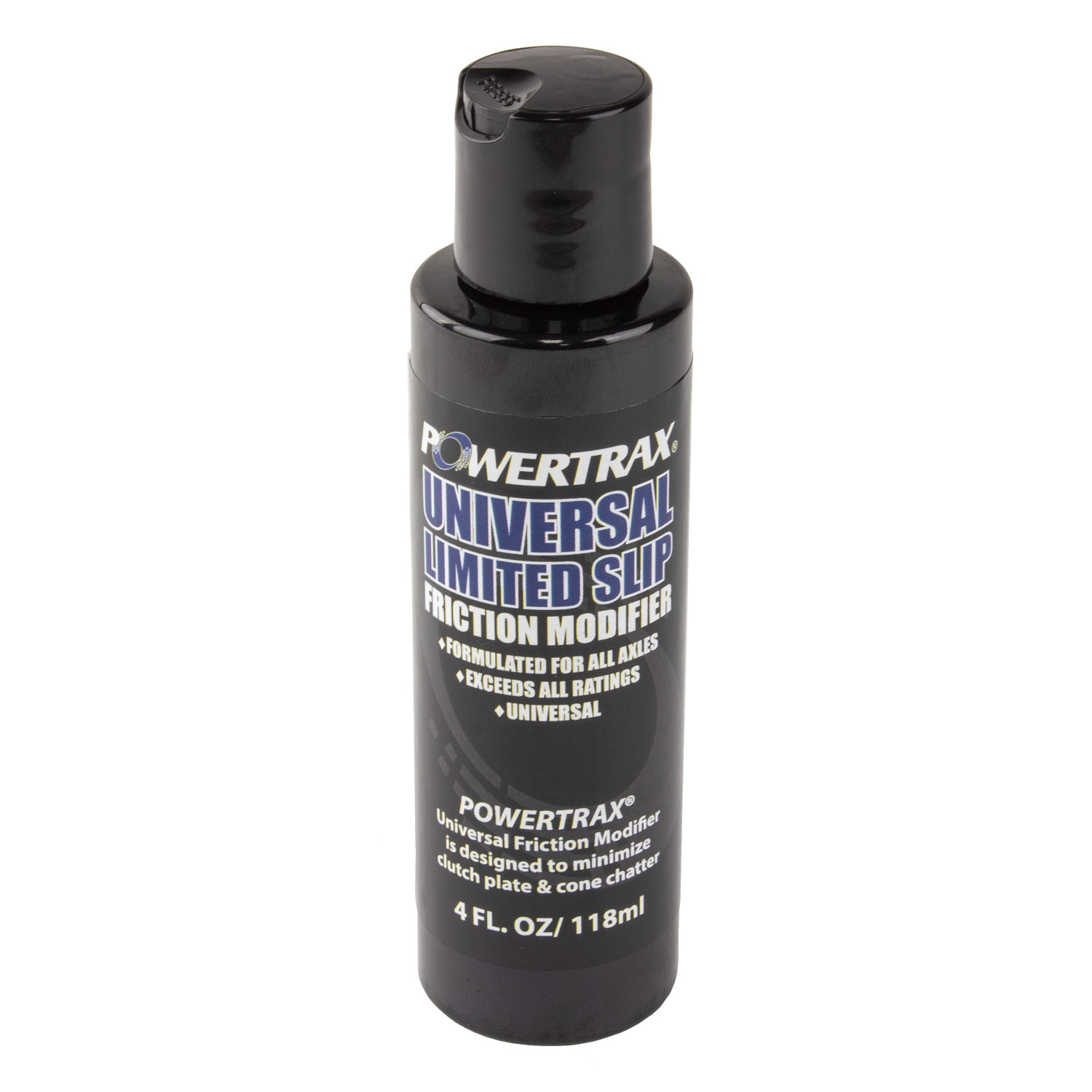
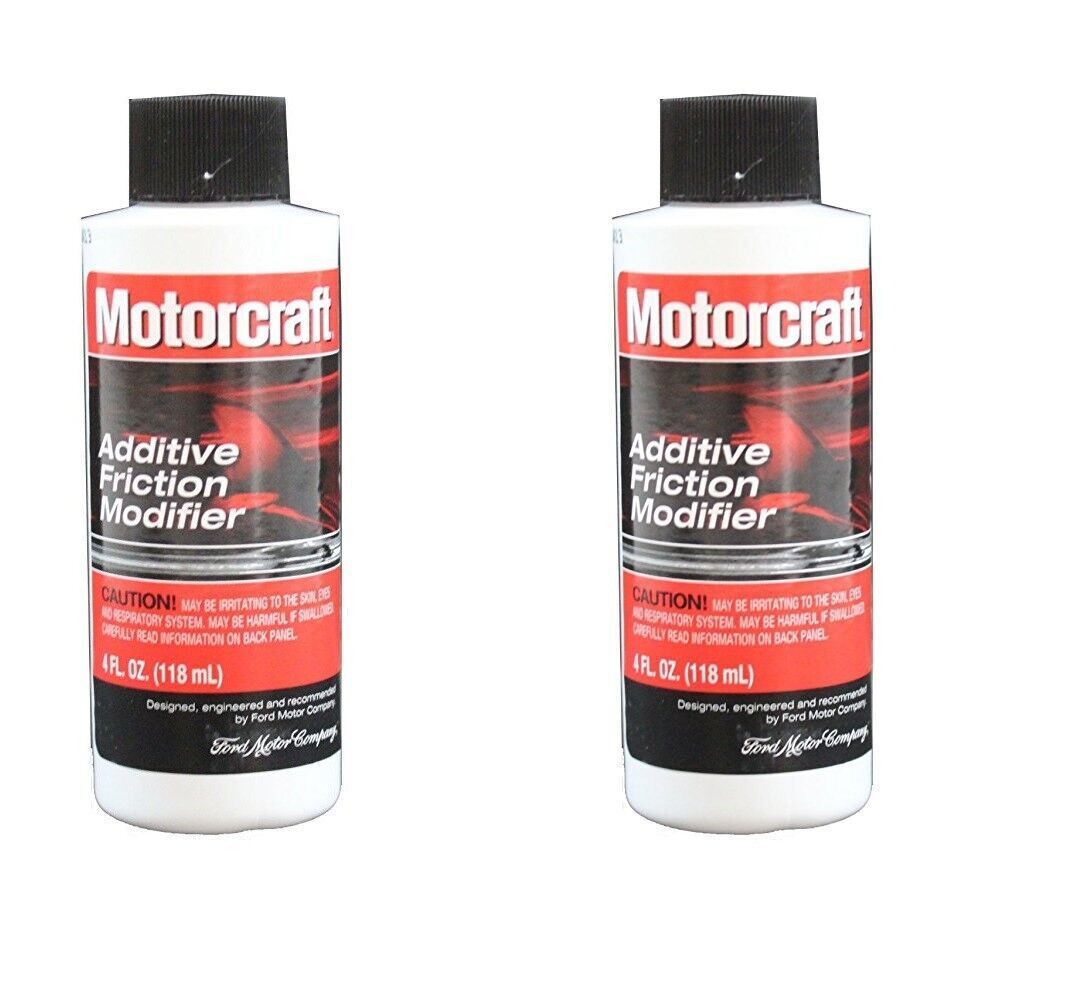

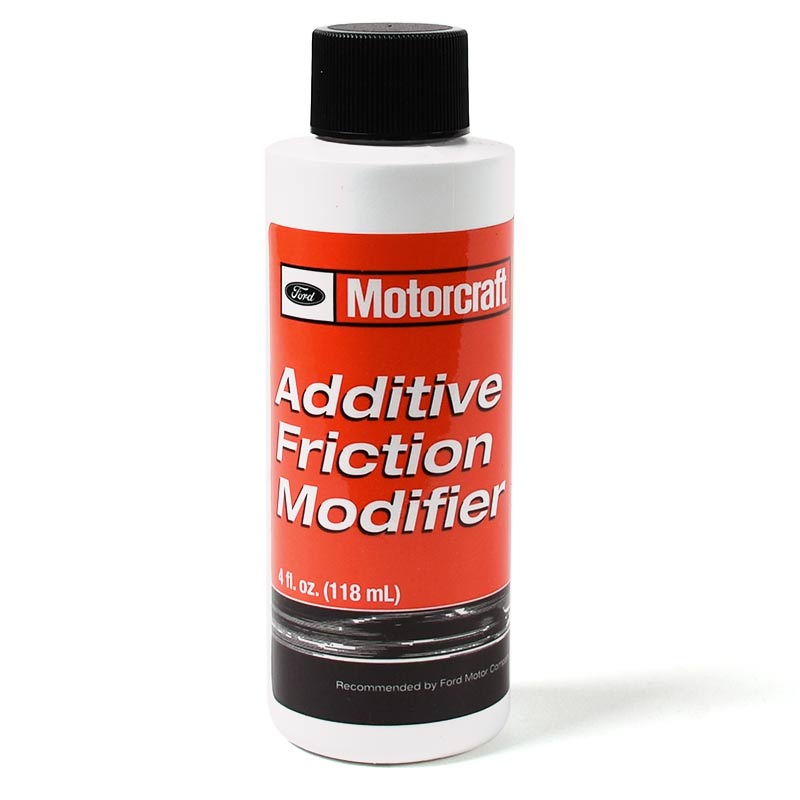

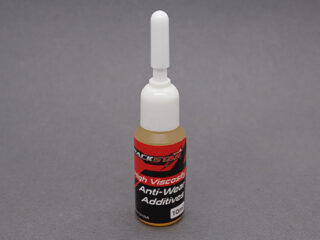

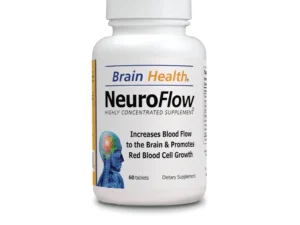
Reviews
There are no reviews yet.